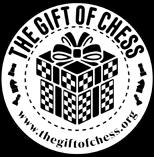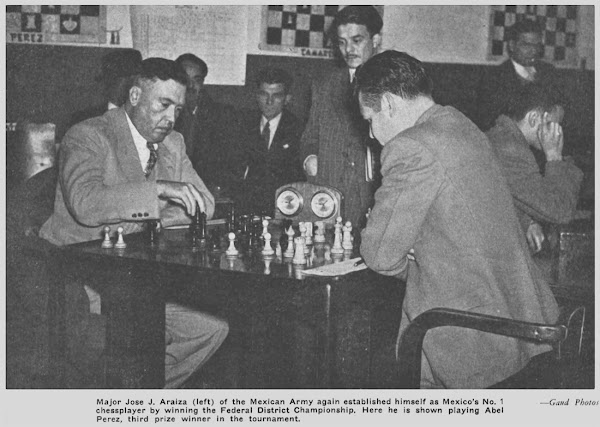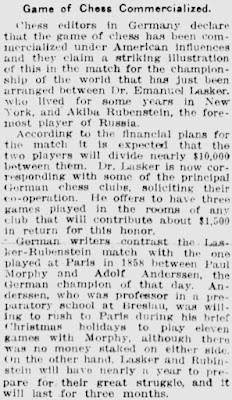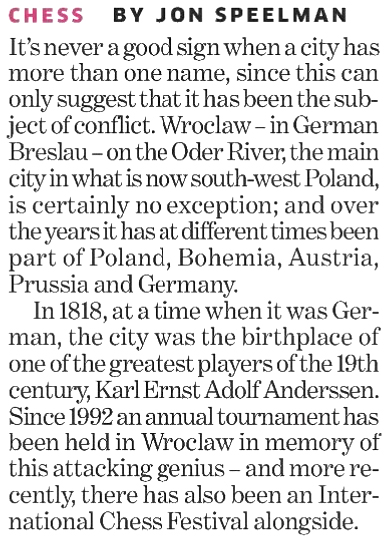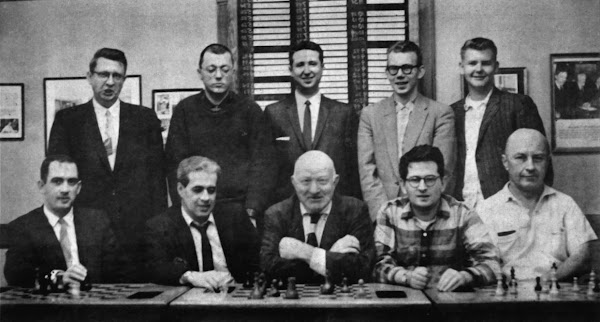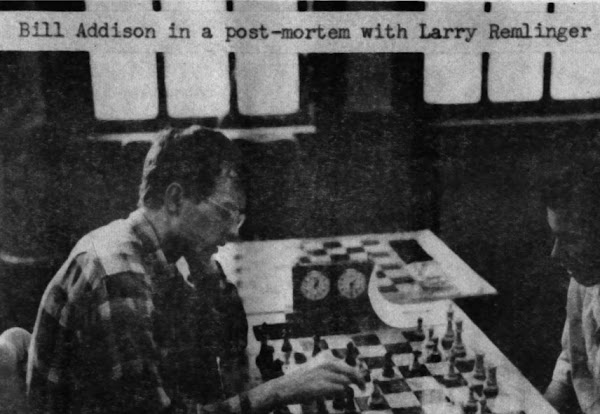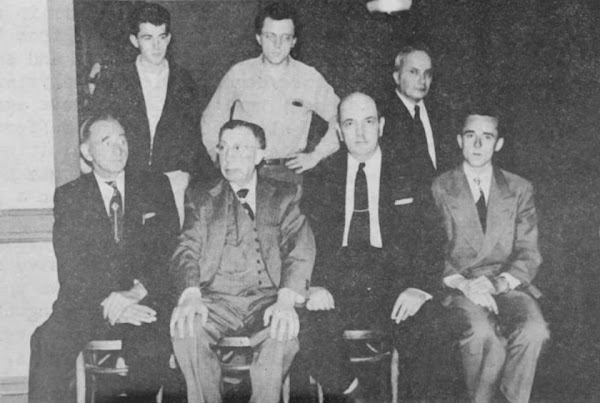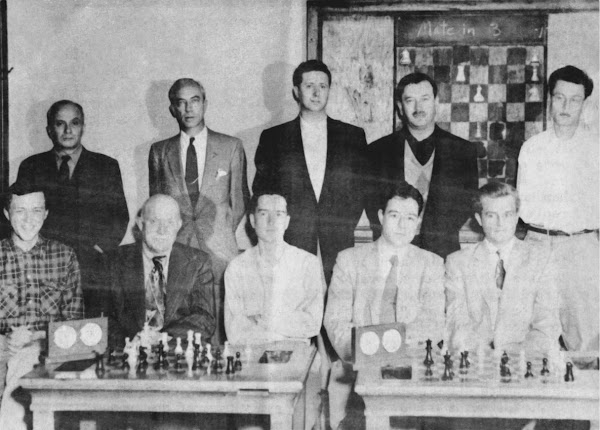Back to Home Index
June 09 1932
The Brooklyn Daily Eagle, Brooklyn, New York, Thursday, June 09, 1932
New Yorkers Entered in Chess Tourney; Mexicans to Play
By Hermann Helms
With the opening of the California Chess Congress at Pasadena about nine weeks off, the time is fast approaching when the committee of management must make a definite decision as to the personnel of the entry list and the total number to be admitted to the international tournament. Isaac I. Kashdan, champion of the Manhattan Chess Club, now in Chicago, is well on his way across the continent and will arrive in Pasadena in good time.
It is hoped that Frank J. Marshall also may be able to arrange his affairs so as to make possible his participation. The United States champion has not yet reached a decision. Meanwhile California is hopeful.
In addition to William E. Napier of Brooklyn, who has declared his intention of playing, there is every likelihood that New York will likewise be represented by two of the cleverest of its college experts. In fact, acceptances of their entries have been received by Reuben Fine champion of the Marshall Chess Club, and Fred Reinfeld of the same club and winner of the State title at Utica last Summer. Having made that much headway, these youthful and ambitious New Yorkers, both city College men, have applied themselves to the task of financing the long journey.
According to Henry MacMahon, 9441 Wilshire Boulevard, Beverly Hills, Cal., secretary of the congress, the directors feel confident of the participation of Dr. Alexander Alekhine of Paris. The world champion has entered the international tournament to be held at Berne, Switzerland, in July. It is expected that he will then make a dash across the Atlantic to reach Pasadena in time for the opening of the California congress.
Mexican chess players will take an active part by entering representatives both in the masters tournament and the team contest. Jose J. Araiza has entered for the former and four others will be selected from the leaders in a test tourney held in Mexico City.
August 13 1932
The Pasadena Post, Pasadena, California, Saturday, August 13, 1932
Mexico Chess Master Here
Captain Araiza Arrives For Congress Play
Senor Capt. Jose Joaquin Araiza, Mexico's chess champion, arrived in Pasadena last night for the Pasadena Chess Congress at the Maryland Hotel, August 15-29.
Scores 930 Per Cent
The Mexican champion will compete in the masters tourney of the congress. During a Northern Mexico tour in July. Captain Araiza played 135 games, winning 122, drawing 7 and losing 6 in a series of simultaneous exhibitions—a percentage of 930.
Champion Here Tomorrow
He will be one of ten master players to battle with the world's chess champion, Dr. Alexander Alekhine of Paris, who will arrive in Pasadena by transcontinental train tomorrow. He will have completed an 8500-mile journey from Berne, Switzerland, in sixteen days.
August 16 1932
Alexander Alekhine (1892-1946), Isaac Kashdan (1905-1985), J. J. Araiza (1900-1971), Samuel Reshevsky (1911-1992), Harry Borochow (June 15, 1898-October 20, 1993), and Arthur W. Dake (1910-2000) gather for World Chess Congress, Pasadena, 1932. Photo by Los Angeles Times.
Similar photograph appears with the article, “Chess Wizards Open Congress,” Los Angeles Times, 16 Aug 1932. The chess masters of the world are attending a two-week battle royal at the Hotel Maryland in Pasadena, competing in the World's Chess Congress.
Isaac's hand is poised over the table, he and Dr. Alekhine looking into the camera from where they are seated across from each other. The rest of the men stand around their table, Captain Araiza looking at the chessboard while the other men look into the camera.
Source: UCLA/Los Angeles Times.


